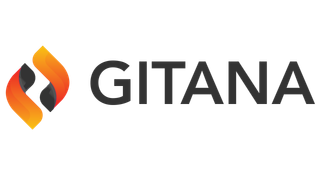Found 455 results for "gitana 4.0 engine api datatypes scheduledwork"
The search executed in 0.0029 seconds. That's fast.

|
Gitana 3.2 / Guide / Guide / Forms / Fields / CK EditorDocumentation Reference Configure CKEditor for visual HTML editing with custom plugins and flexible toolbar options. Explore Alpaca Forms and Cloud CMS integration. (Gitana 3.2)
Score: 0.4385
|

|
Gitana 4.0 / Forms / CMS / Fields / CK EditorDocumentation Reference Enhance your forms with CKEditor for a full-featured, customizable HTML editor ideal for visual editing and plugins. (Gitana 4.0)
Score: 0.4385
|

|
Gitana 4.0 / Reference / Types / Deployed ApplicationDocumentation Reference Explore comprehensive documentation for Deployed Application, including APIs, properties, and methods for seamless integration. (Gitana 4.0)
Score: 0.3643
|

|
Gitana 3.2 / Guide / Guide / Command Line / Transfer CommandsDocumentation Reference Effortlessly migrate content with Cloud CMS CLI. Export, import, and manage archives for seamless data deployment. (Gitana 3.2)
Score: 0.3449
|

|
Gitana 4.0 / Developers / Command Line Interface / Transfer CommandsDocumentation Reference Efficiently manage Cloud CMS content with our CLI tool for seamless import/export and deployment tasks. (Gitana 4.0)
Score: 0.3449
|
